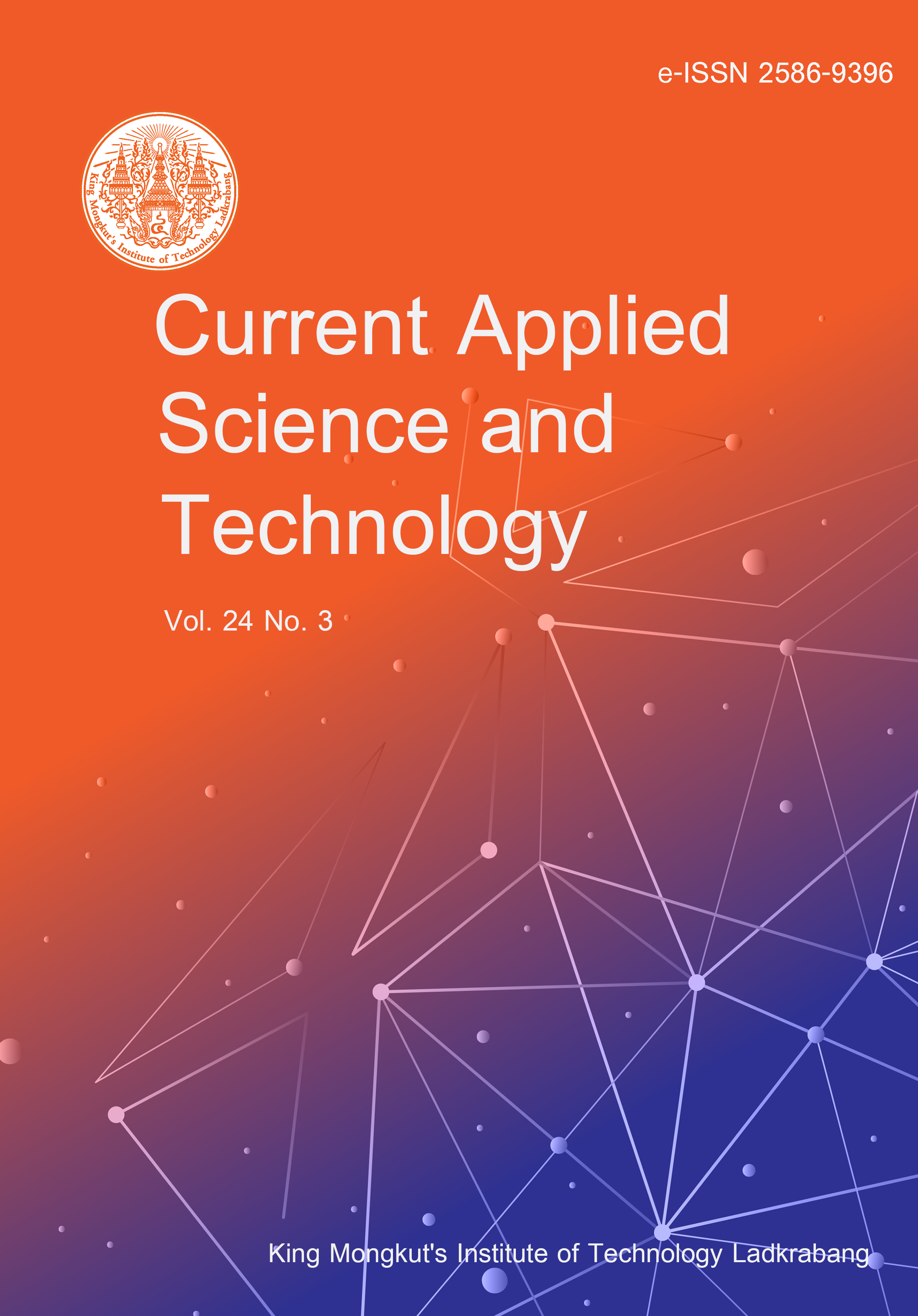Curcuma xanthorrhiza RoxB. is a medicinal plant found in Indonesia and is often cultivated for therapeutic purposes. Curcuma xanthorrhiza typically thrives in shaded, low-light environments. In this study, plant growth, photosynthetic rate, and chlorophyll content of C. xanthorrhiza in the same growing environment with different shade treatments were evaluated. The level of shade was adjusted using paranet at 0%, 25%, 50%, and 75%. Growth observations of C. xanthorrhiza were carried out from 1 to 6 months after planting (MAP). Chlorophyll content was measured using a UV-Vis spectrophotometer at 649 and 665 nm. The photosynthetic rate was measured using Li-Cor 6400 at 5 MAP. The results revealed that 50% shade gave the best response for plant height at 2 MAP. However, the highest number of leaves was found at 25% shade at 4 and 5 MAP. The shade level of 25% produced a significant response for C. xanthorrhiza rhizome biomass. The highest photosynthetic rate was found at 0% shade (26.69 µmol CO2 m-2s-1) and the lowest at 75% shade (15.12 µmol CO2 m-2s-1). Meanwhile, the chlorophyll content and number of tillers of C. xanthorrhiza leaves were unaffected by shade treatment. This study shows that shade treatments at 25%-50% levels gave the best growth responses in the C. xanthorrhiza plants.
Murwani, Z. A. undefined. ., Artika, I. M. undefined. ., Syaefudin, , & Nurcholis, W. . (2024). Evaluation of Growth, Chlorophyll Content, and Photosynthesis Rate of Curcuma xanthorrhiza With Different Shade Levels. CURRENT APPLIED SCIENCE AND TECHNOLOGY, 0256871. https://doi.org/10.55003/cast.2024.256871


https://cast.kmitl.ac.th/doi/10.55003/cast.2024.256871